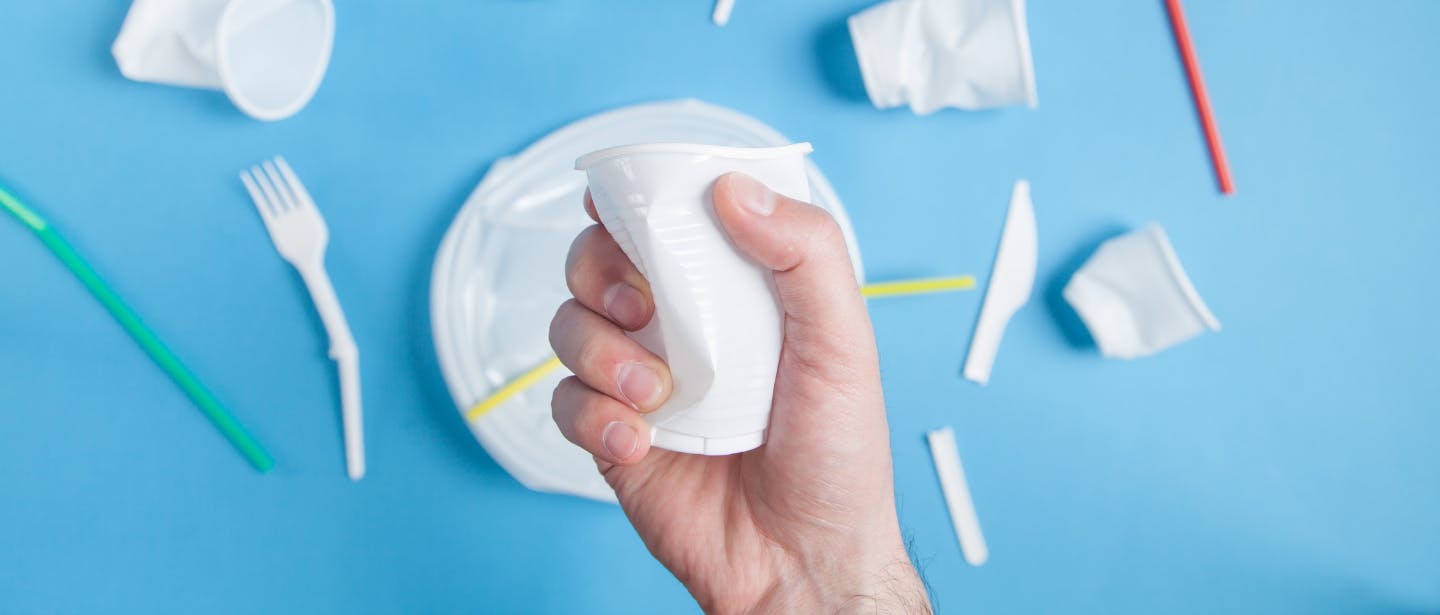Plastic is one of the most commonly used materials for packaging and bottles. For years, it has been known that plastic is harmful to nature and humans. But what exactly are the dangers of plastic? In this article, we will explain what plastic is, its consequences, and how we can prevent plastic pollution.
What is plastic?
Plastic is a term that covers various materials made of synthetic polymers. These different plastics are made from raw materials such as natural gas, petroleum, and plants. Plastics are generally easy to shape, which is precisely why the material is so popular. The downside of this popular material? It lasts forever because plastic waste is not or hardly broken down by nature. Below are a few examples:
- Plastic bottles: 500 years
- Plastic bag: 500-1000 years
- Cans (soda): over 200 years
Plastic is cheap to manufacture and lasts for years, which was the positive image in the past. However, over the years, the image of plastic seems to have changed, and the material is increasingly seen in a negative light. Revolutionary plastic quickly turned into the biggest symbol of environmental pollution.

Why is plastic harmful?
Manufacturing plastic releases many harmful chemicals. The emissions, including the greenhouse gases methane and ethylene, do the most damage to our environment. These two gases are released when litter comes into contact with sunlight, which happens in 93% of all litter. Besides the harmful gases, the fragmentation of plastic is also a significant environmental problem.
Plastic litter gradually breaks down into smaller plastic particles. Eventually, the plastic particles become so small that they are no longer visible to the human eye. The small plastic particles never decompose and will always continue to circulate in water, gas, air, etc. Microplastics are harmful to animals and humans. The microplastics end up on your plate through the stomach of a fish.
What to do about plastic pollution?
The answer to this question seems simple but is much more challenging than you might think. Your first reaction is probably to use less plastic! However, the production of plastic is so cheap and easy that it will take years before the "cheap" plastic is off the market. A first step in the right direction is to switch to PLA, for example. This is a biodegradable plastic made from plant sugars from corn. Additionally, it is often not necessary to use plastic in many cases. There are plenty of alternatives, such as cardboard, bamboo, paper, and sugarcane. These materials are often biodegradable and much less harmful to the environment.
Order plastic alternatives at TakeAware
At TakeAware, we sell various types of disposables made from natural materials. The assortment ranges from snack boxes to paper bags, from straws to food buckets. All of these products are available in different sizes and materials. A large part of our assortment is 100% biodegradable in accordance with EN13432. At TakeAware, we strive for a more sustainable future without plastic.
